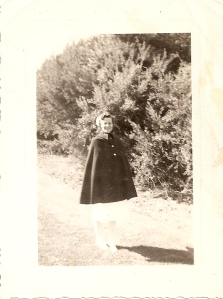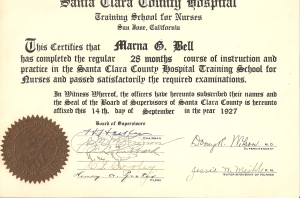There were so many conflicting stories written of the events below. Depending on which newspaper the events were reported the slant was defined for the politics of the paper. My take is there is accuracy and exaggeration in both. The undisputed fact is that James Fennell born of County Kings, Ireland at the age of 27, was shot and killed by a man named Charles Colborn on the Griffintown streets of Montreal, the evening of December 28, 1844.
Unfortunately, only the recount of Mr. Colborn is available because James Fennell died immediately and was not able to recount his side of the event.
Mr. Colborne, a man of well known Conservative politics was passing along by the College wall in the direction of McGill Street, and according to his recount, James Fennell and two other Irish had be following him for some time and at some point, the two others parted ways and left James to walk alone down the same street as Colborn. Mr. Colborne states that the “Irishman cried out the known Irish cry of attack”. This was when Mr. Colborne pulled out his pistol and shot James Fennell to his death.
Mr. Charles Colborn then states he fled and took refuge at his brothers home. He then states that a “mob” of Irish attached the home, turning over tables and setting rooms on fire. He said he did escape with his life, barley. He then took refuge at a friends home, however, the “Irish mob” found him again and he fled and hid.
The other accounts of records from the Irish papers report quite differently. That James Fennell was going about his business when he was shot down by LCP (Loyal Protection Society) member Mr. Charles Colborn. At this point the LPS gangs left their ‘dens” in Hondlow’s Hotel in McGill Street and paraded the streets cheering, arriving at the widows home as she was weeping over the body of James. The LPS gang were throwing stones at the windows and screaming names at the friends and family in residence.
It’s important to know that Charles Colborne is a leading member of the organization called Cavaliers Loyal Protection Society, an unauthorized group of, militia that were trying to keep the Irish from voting on Monday next, Municipal Elections.
The following day, Sunday 29, 1844 Mr. Charles Colborn, surrendered himself to the authorities and admitted to killing Mr. James Fennell by pistol. He stated “he feared for his life”. He was not arrested, nor jailed for this murder.
Sunday evening a “Coroner Inquest” took place at the home of the deceased. During the inquest upon the body of James Fennell, 5 of the jurors returned a verdict that the deed was committed by “self-defense” and the other remaining 7 jurors stated the Mr. Colburn “willfully killed Fennell”. The transcript states that the Inquest was “unusual”. The transcript also states that some of the jurors were denied entry by friends or family of the deceased. The brother of the deceased, Michael Fennell was said to have behaved most violently, waving a bayonet about. The question also, remained as to why such a “rush” for the verdict of death. The final a legal verdict was that “James Fennell died of pistol wounds by Charles Colborn, in self-defense.” No charges for Mr. Colborn.
Election Day Monday December 30, 1844:
The disturbance began almost as soon as the poll was opened. A group of Irish laborer’s took possession of the front of the polling place, which was merely a window in a house. A party on horse back charged them to drive the back, possible LPS. Some severe injuries were received on both sides. Shots were fired and some were wounded. By 10 O’clock a detachment of artillery were called, then the election polls opened and voting went smoothly and quickly.
At 3 o’clock, the riots began again. A house occupied by a person named Brennan, and from which shots were said fired contained persons pledged and armed for the purpose to take “blood for blood” for the death of James Fennell. This led to an attack on the Brennan’s house, shots were fired from both sides. One shot took the life of a young man named John Johnson who was in the streets outside the house of Brennan, a shots entered his chest and killed him instantly. It is unclear if he is a member of the Loyal Protections Society or just got caught up in the riot.
Eventually the military arrived and sent volleys of musketry into the house, the soldiers charged and took eighteen prisoners, amongst the names of the prisoners was Michael Fennell, brother to deceased James Fennell. None of the persons outside of the home firing guns and rioting were arrested.
10 Aug 1845 Trial for the Murder of John Johnson. Two of the Eighteen men arrested the day of Dec 30th 1844 were tried for the murder of John Johnson. Michael Fennell and John McKeon. Both men in late twenties, both men Irish. The trial lasted three days and the verdict of “Not Guilty” for both prisoners was declared.
James Fennell, leaves a wife and young family and John Johnson leaves a wife and three children.
James Fennell
b. 1817 Birr, Kings, Ireland
d. Dec 28 1844 Montreal, Ontario, CANADA












